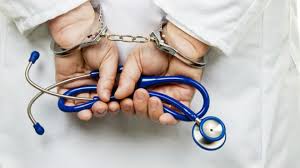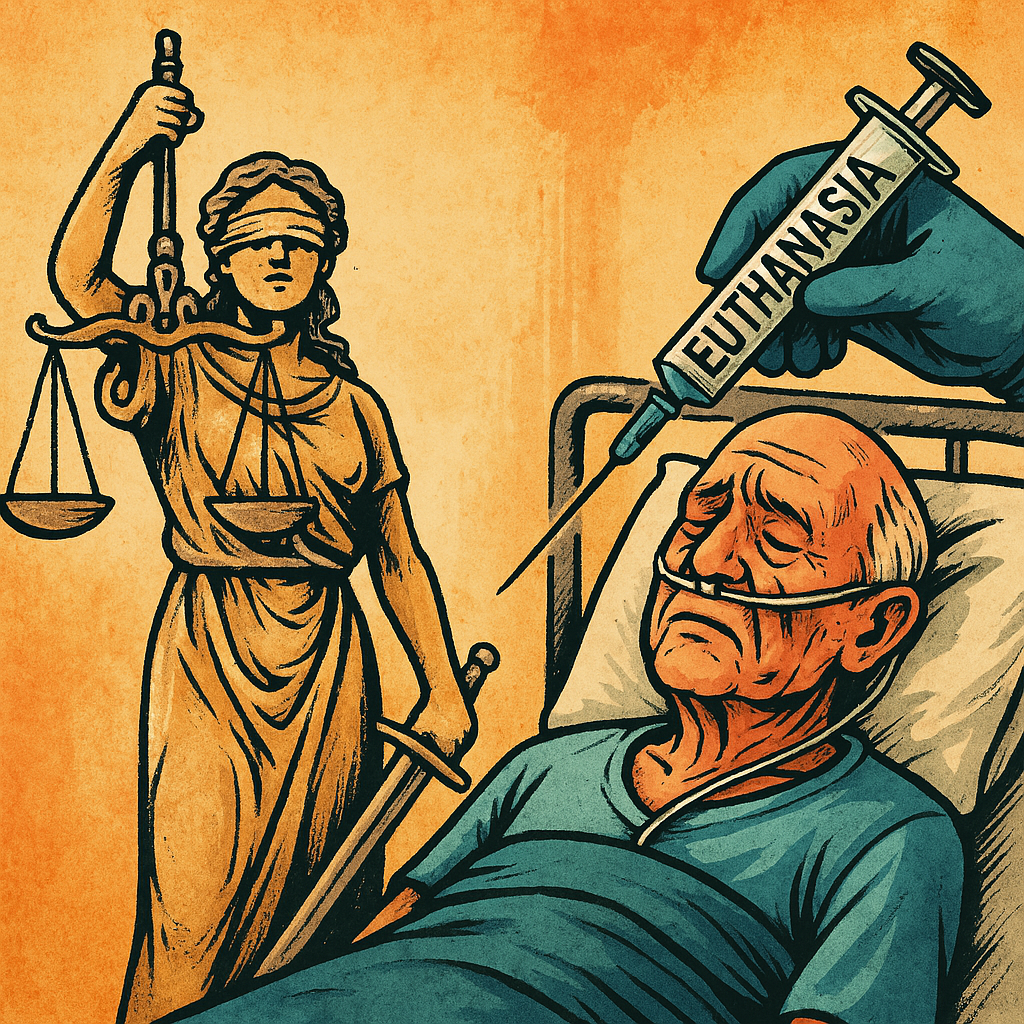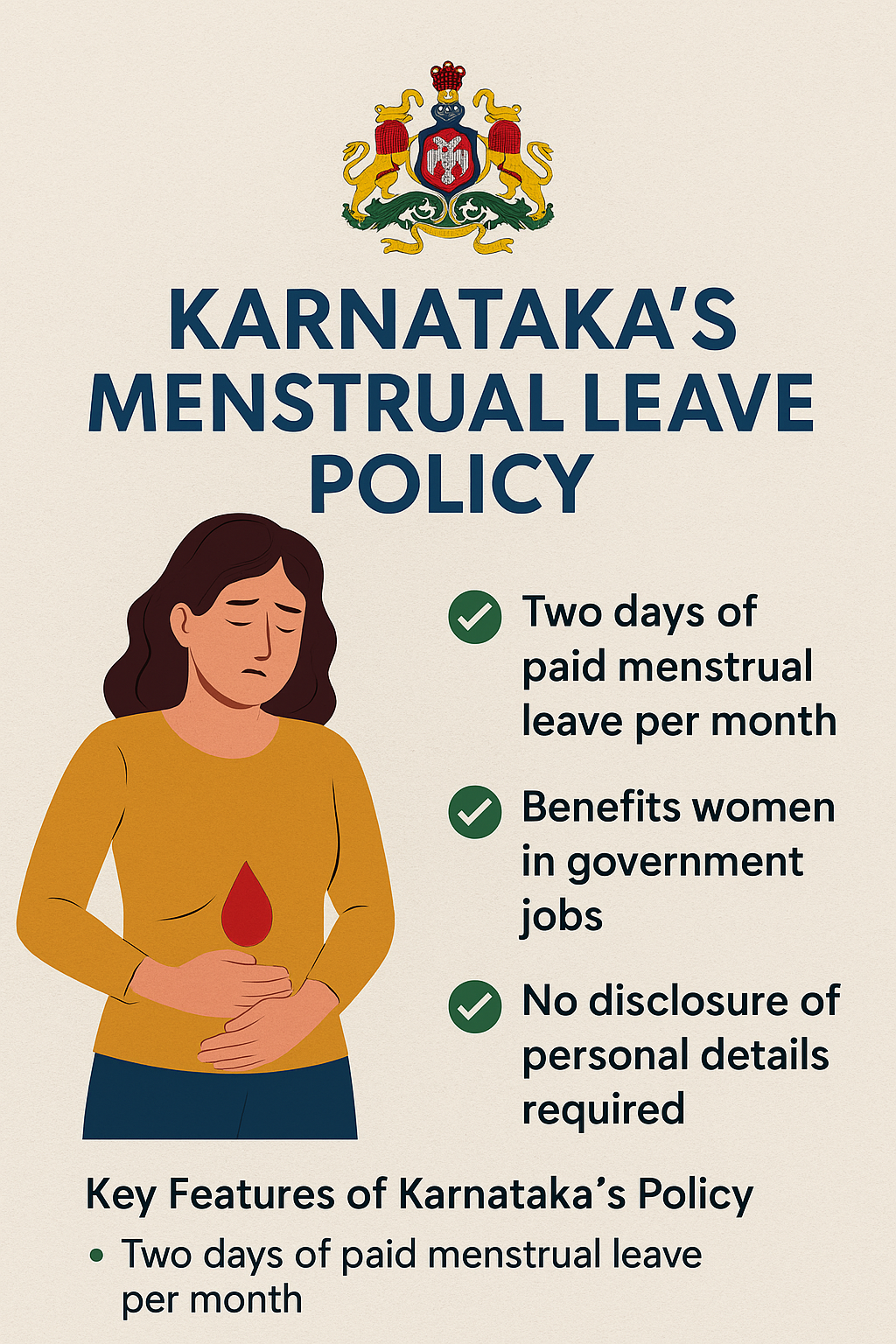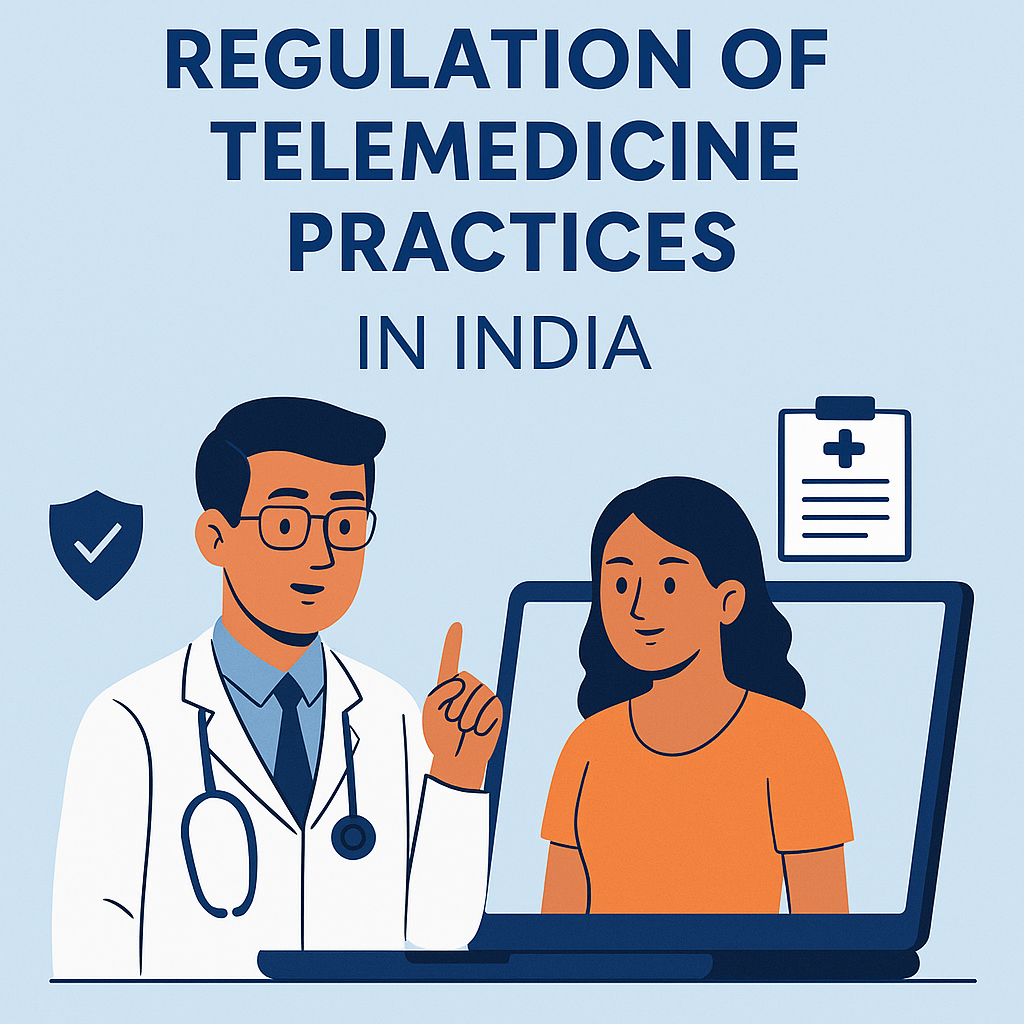Falls in Hospitals and Medical Malpractice Law under Personal Injury
Falls in Hospitals and Medical Malpractice Law
Under Personal Injury
1. Overview
Falls in hospitals are a serious concern because patients are often vulnerable due to illness, medication effects, or impaired mobility. When a patient falls during a hospital stay and suffers injury, the hospital or healthcare providers may be liable under medical malpractice or personal injury law if negligence caused or contributed to the fall.
2. Medical Malpractice vs. Premises Liability
Premises Liability: Applies if the fall was caused by a hazardous condition on hospital property (e.g., slippery floor, broken railing).
Medical Malpractice: Applies if the fall resulted from a breach of the standard of medical care by healthcare professionals or the hospital in preventing the fall or responding to risks.
In hospitals, falls often involve a combination of these factors, but the legal focus tends to be on medical malpractice because the hospital has a duty to provide a safe environment and proper patient care.
3. Duty of Care in Hospitals
Hospitals owe patients a duty to:
Assess fall risk (through risk assessments).
Implement appropriate fall prevention measures (bed alarms, supervision).
Properly train and supervise staff.
Maintain safe physical environments.
Respond promptly and appropriately if a fall occurs.
4. Breach of Duty: How Falls May Indicate Negligence
Examples include:
Failure to perform or update fall risk assessments.
Ignoring known risk factors (e.g., medication side effects causing dizziness).
Lack of adequate supervision or assistance.
Improperly maintained equipment (e.g., malfunctioning bed rails).
Failure to warn or educate patient/family about fall risks.
5. Causation and Damages
The patient must show the breach of duty directly caused the fall and injuries (broken bones, head trauma, worsened health). Damages can include medical bills, pain and suffering, extended hospitalization, or long-term disability.
Key Case Law on Falls in Hospitals under Medical Malpractice
1. Nelson v. United States, 786 F.2d 1318 (5th Cir. 1986)
Facts: Patient fell from bed while hospitalized, suffering severe injury. The hospital had failed to assess the patient’s fall risk and provide preventive measures.
Holding: The court held that failure to assess fall risk and implement safeguards constituted medical negligence. Hospitals have a duty to protect patients from foreseeable fall risks.
2. Smith v. United States, 718 F. Supp. 1109 (D. Md. 1989)
Facts: A patient fell while attempting to use the bathroom without assistance. The hospital staff did not adequately monitor or assist the patient despite known risk.
Holding: The hospital was found negligent for failing to supervise the patient properly, breaching the standard of care expected in hospital settings.
3. Ramos v. Mercy Medical Center, 931 N.E.2d 232 (Mass. 2010)
Facts: A patient fell due to faulty bed rails that failed to restrain her properly.
Holding: The court found the hospital liable for negligence in equipment maintenance and patient safety protocols, emphasizing that hospitals must maintain safe physical environments.
4. Haddad v. University Medical Center, 2015 WL 4392352 (Cal. Ct. App. 2015)
Facts: Patient fell after medication-induced dizziness; hospital failed to monitor side effects or assist patient when ambulatory.
Holding: The court ruled the hospital liable for failing to adjust care and monitor patients for medication side effects contributing to fall risk.
Summary
Falls in hospitals can lead to medical malpractice claims if hospital staff or systems fail to prevent the fall.
The hospital must assess fall risk, supervise patients properly, maintain safe equipment, and respond to risk factors.
Breach of these duties that cause injury may lead to liability.
Case law supports holding hospitals accountable for falls arising from negligence in care or environment.











0 comments